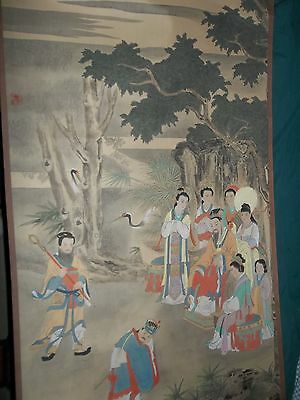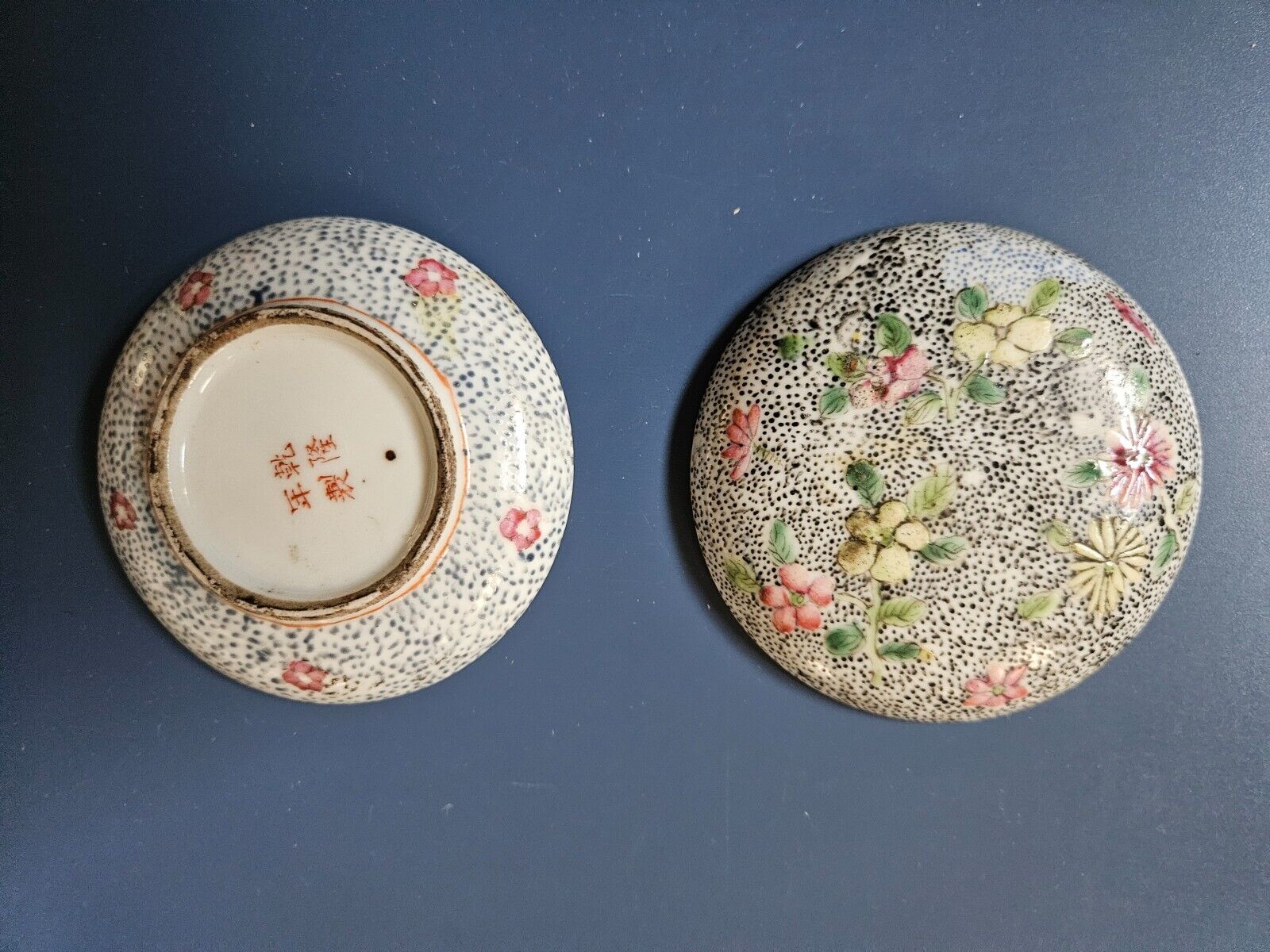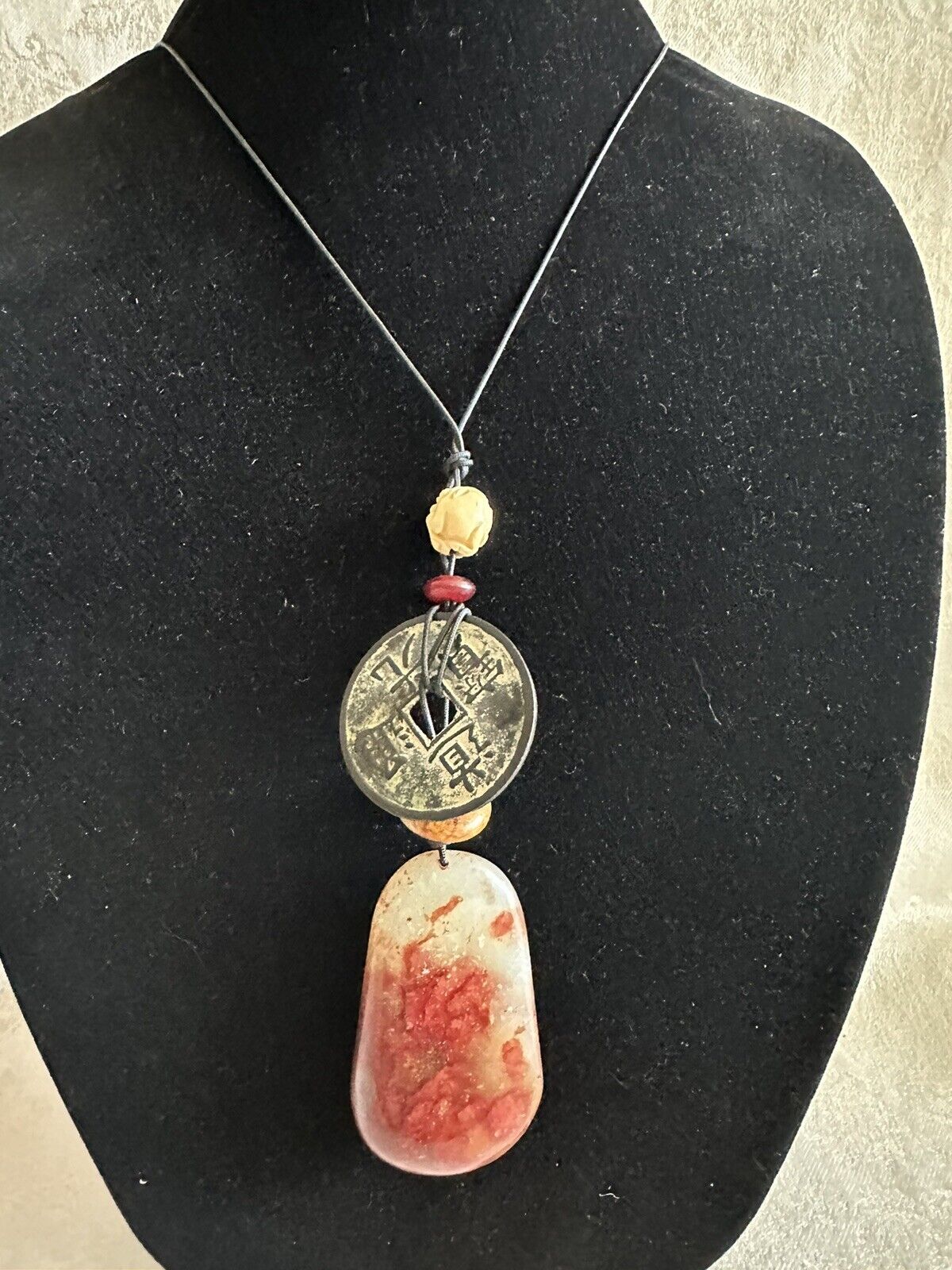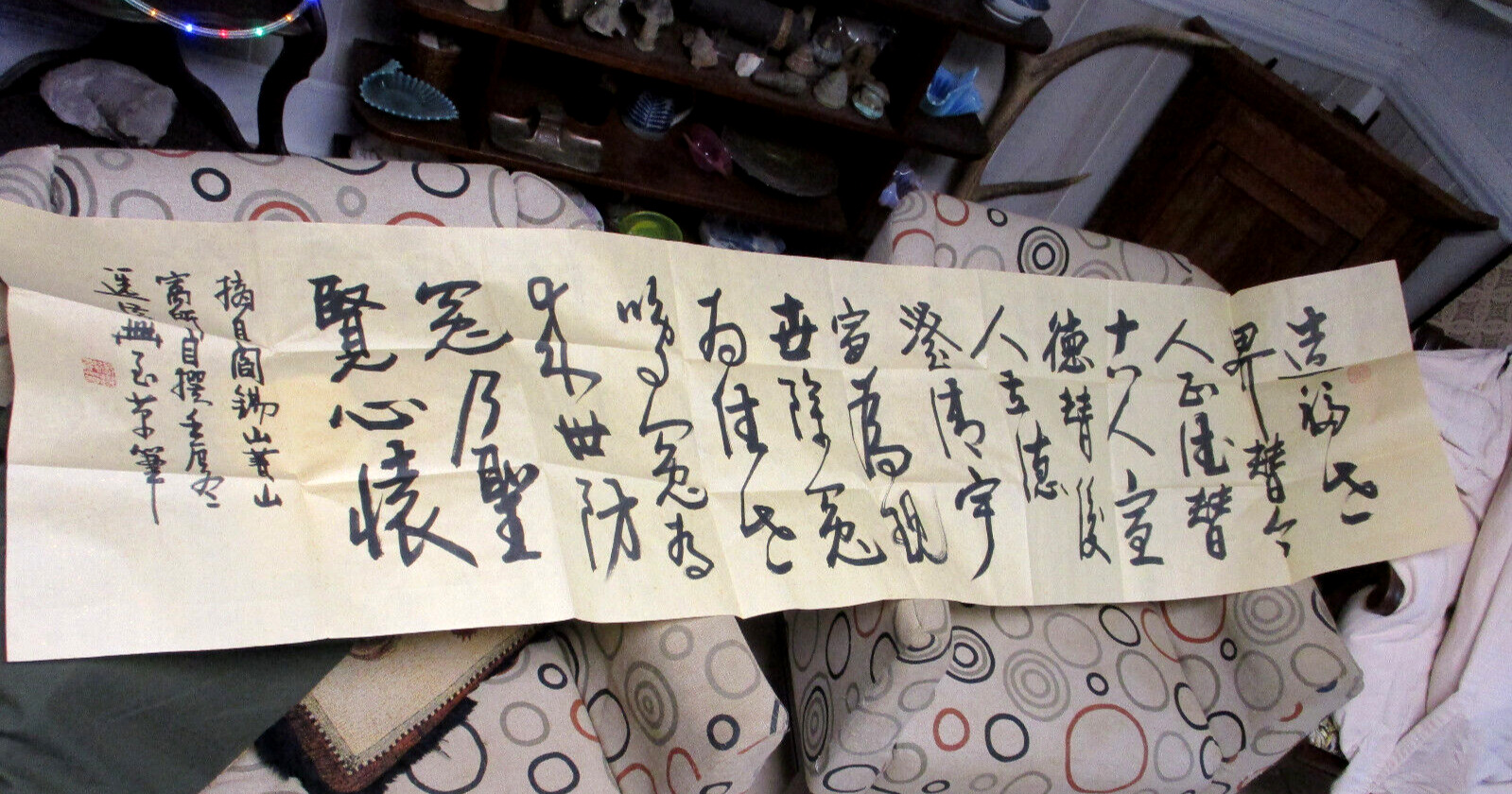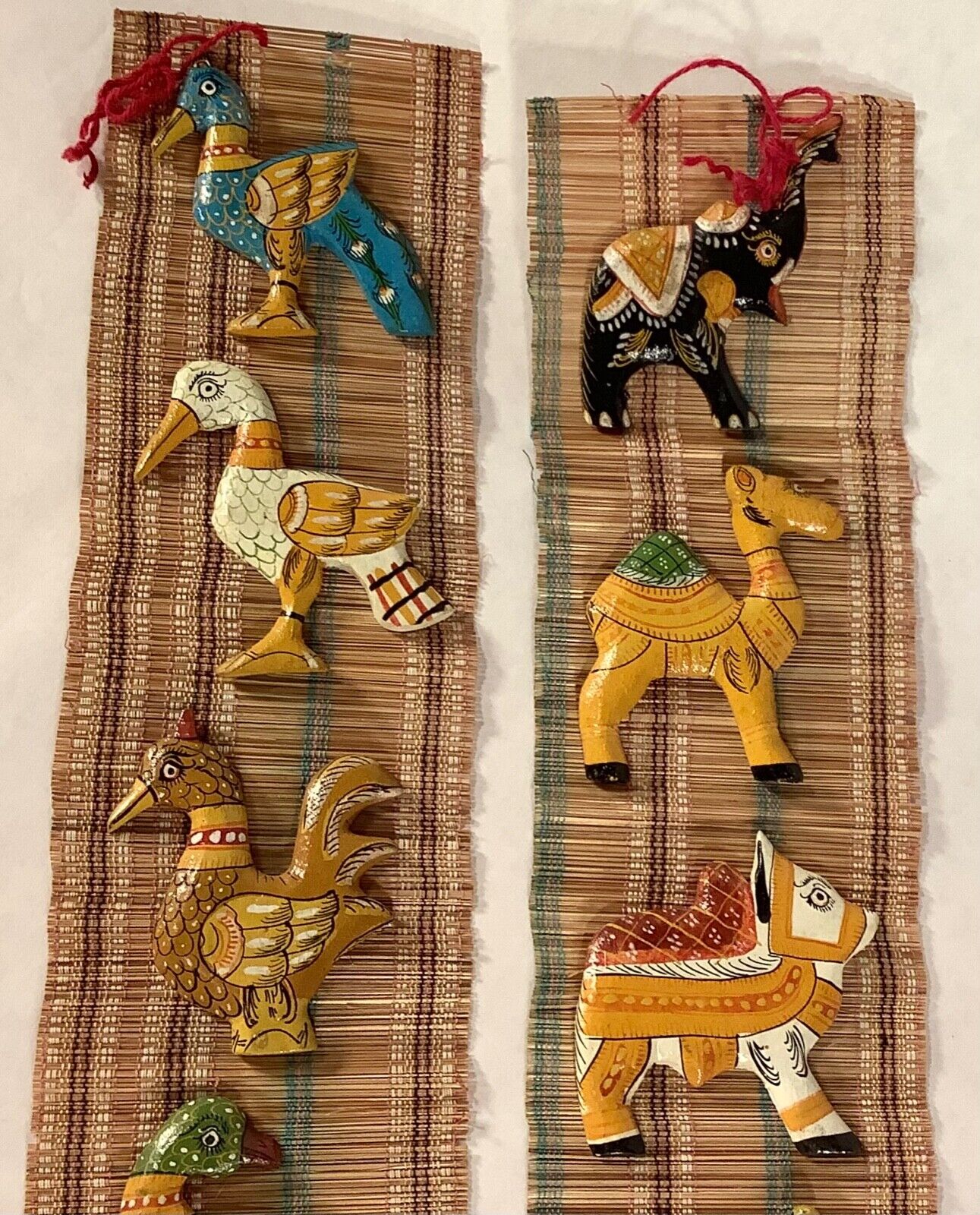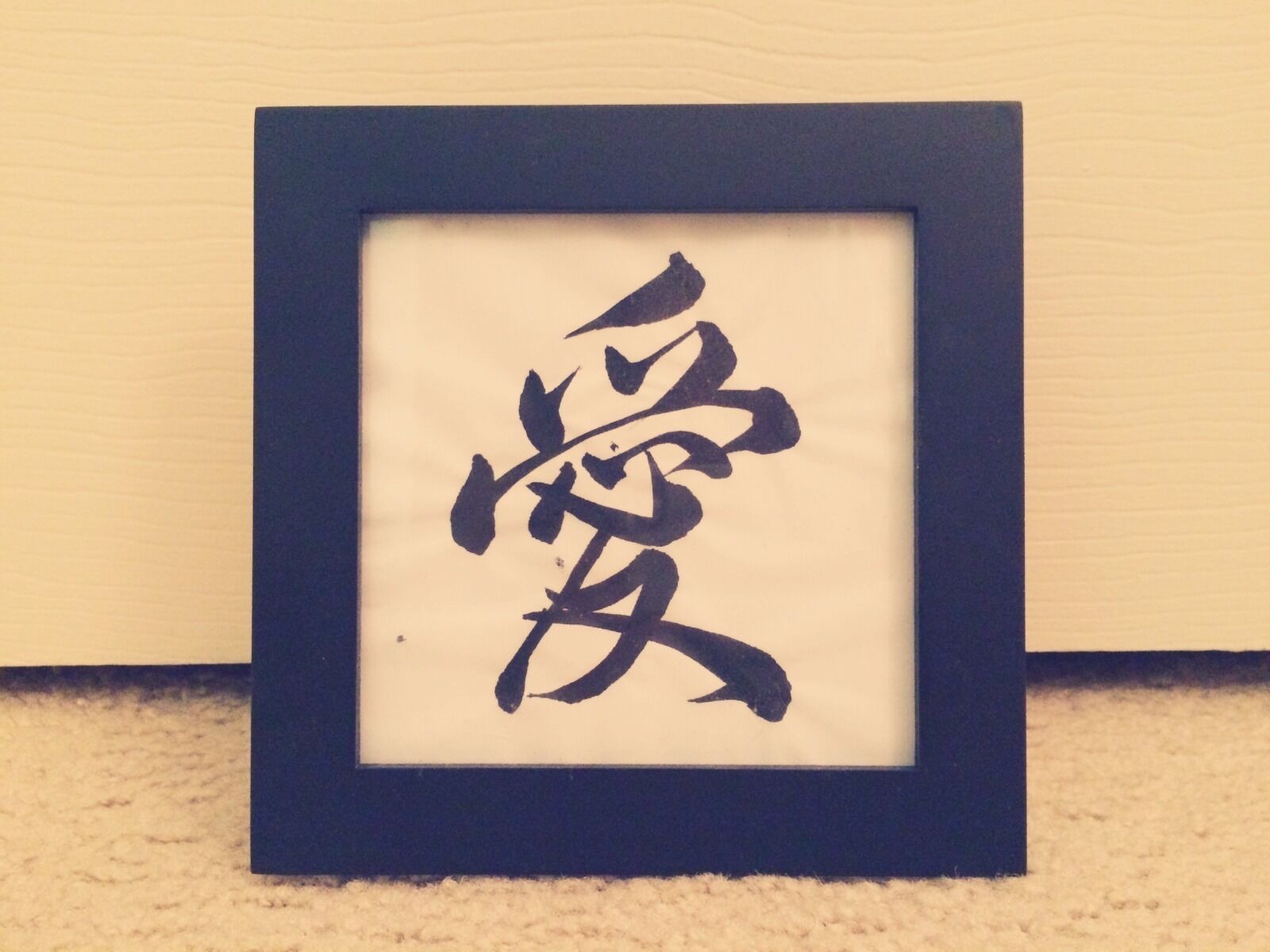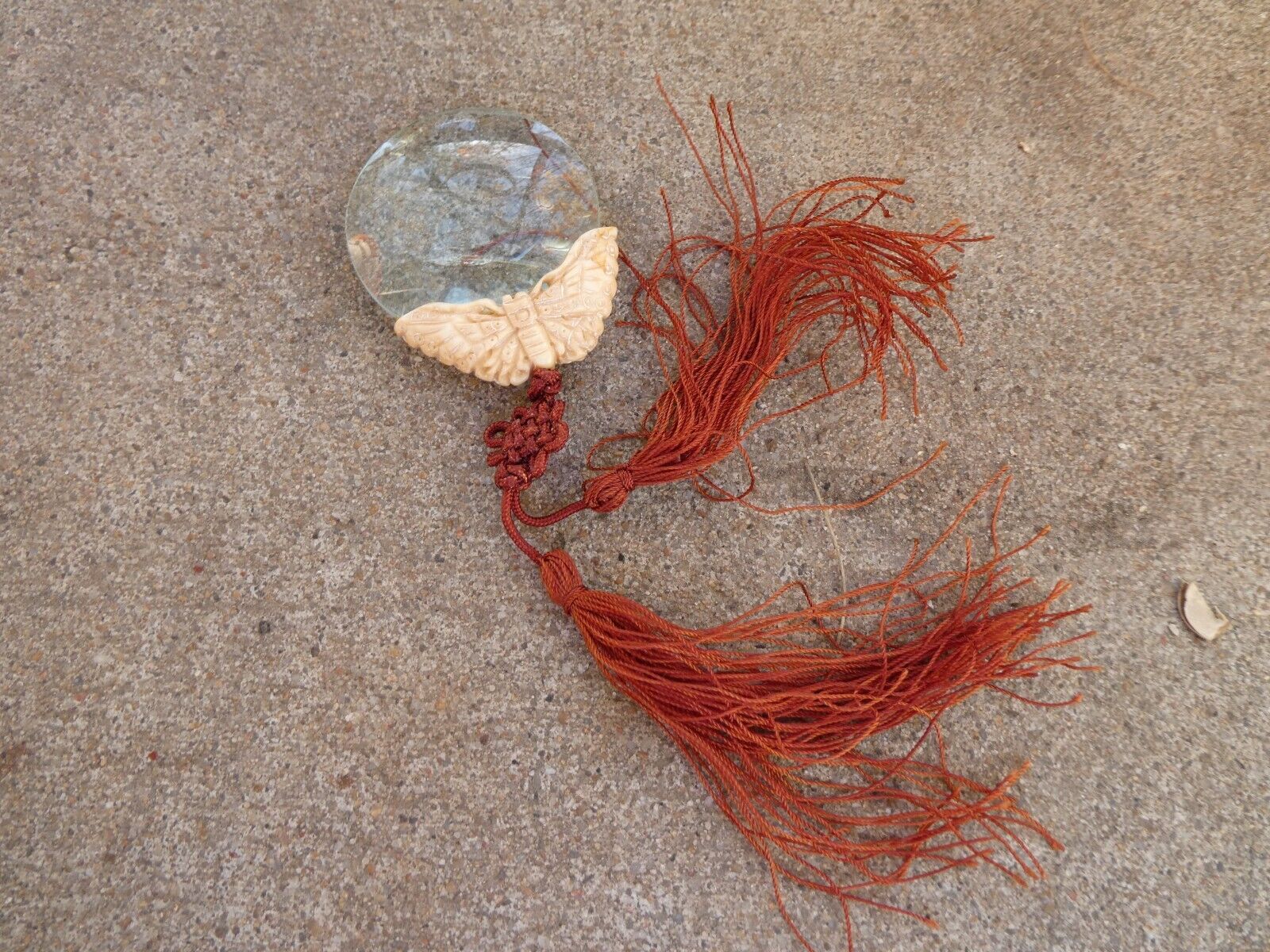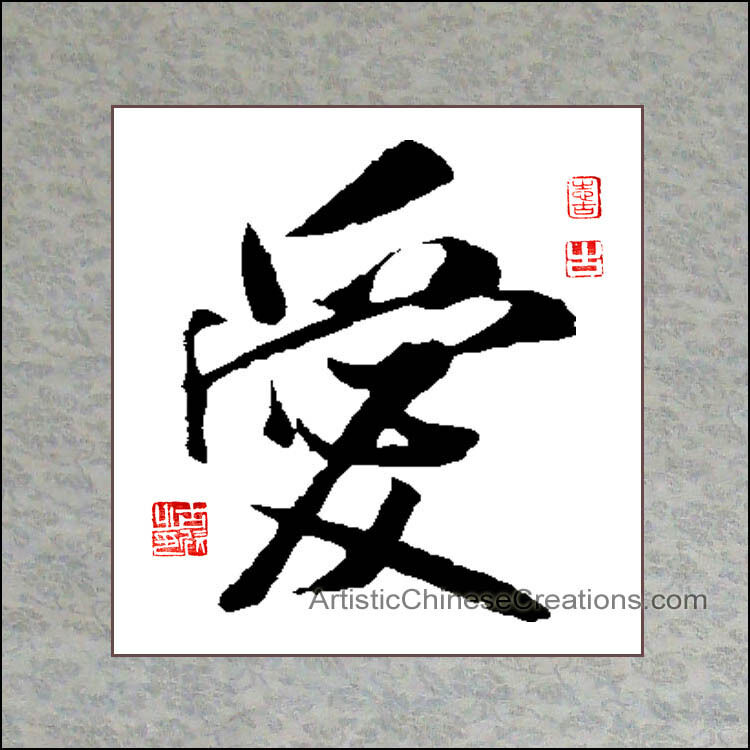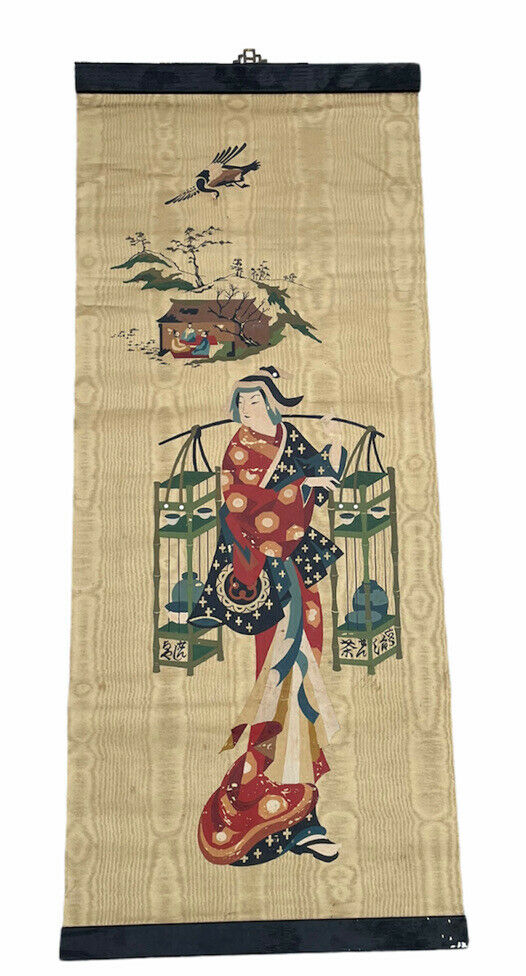-40%
vintage CHINESE LITERATI PAINTING SILK WATERCOLOR INK WALL SCROLL Marco Polo ?
$ 105.59
- Description
- Size Guide
Description
It's hand painted on silk in ink and watercolor and is of a type known as a literati painting, attached to a hanging scroll on a backing of protective and decorative silk with a floral damask pattern, and dating to the 1950s.One of the many clues to dating these scrolls is to look at the way the artist depicts the facial features, particularly the eyes. Like everyone else, artists are susceptible to the influences of the fashion of the day, and if one looks at enough of these, one can pick up the subtle differences that make these the eyes and features of early Chinese "Cultural Revolution" style, even though the artist was reviving a much older art form. The calligraphy, seals, dimensions, layout etc are all done in a form that deliberately imitates the refined and regular style of Emperor Huizong of the Song Dynasty, a famous early exponent and principal influence of the literati artist tradition. Literati painting was practiced by amateurs, the educated elite, or gentlemen 'scholar-artists'. They believed that the artist's style was more important than content; the way a gentleman artist controlled his brush was an indication of his character, inner spirit and integrity.
The subject matter clearly depicts the negotiations of a marriage arrangement. The prospective suitor is the official in the foreground. He wears a prefect's hat, so is obviously of high rank himself. He is respectfully bowing and hiding his face so as not to make eye contact with the seated figure, also of high rank who is surrounded by wives and his daughter, the prospective bride, who stands directly behind him. The artist has deliberately haloed her with the white fan that the woman next to her is holding, in order to accentuate her importance in the composition. She is the only one wearing her hair down, which indicates she is an unmarried maiden. The married women all wear their hair up. She also carries a bow across her shoulder and a quiver, possibly symbolizing the protection and dowry that will come with the marriage. Beside the suitor stands his bodyguard carrying a significantly European style scepter. In the background, very significantly, are two cranes. These much venerated birds are sacred symbols of peace, longevity and most importantly, marital fidelity, in the oriental tradition. They were believed to live for a thousand years and mate for life, so are especially auspicious and their presence in the composition ensures this happy outcome for the proposed union. The traditional inscription written on the back of the scroll is in a calligraphic style that is always a little hard to read. I think what it says is: 绢本宋乙打 图中孛 which would translate roughly as "On silk, in the Song style, the depiction of (possibly) Marco Polo"
Approx. 2-ft. wide x 8-ft. long!
